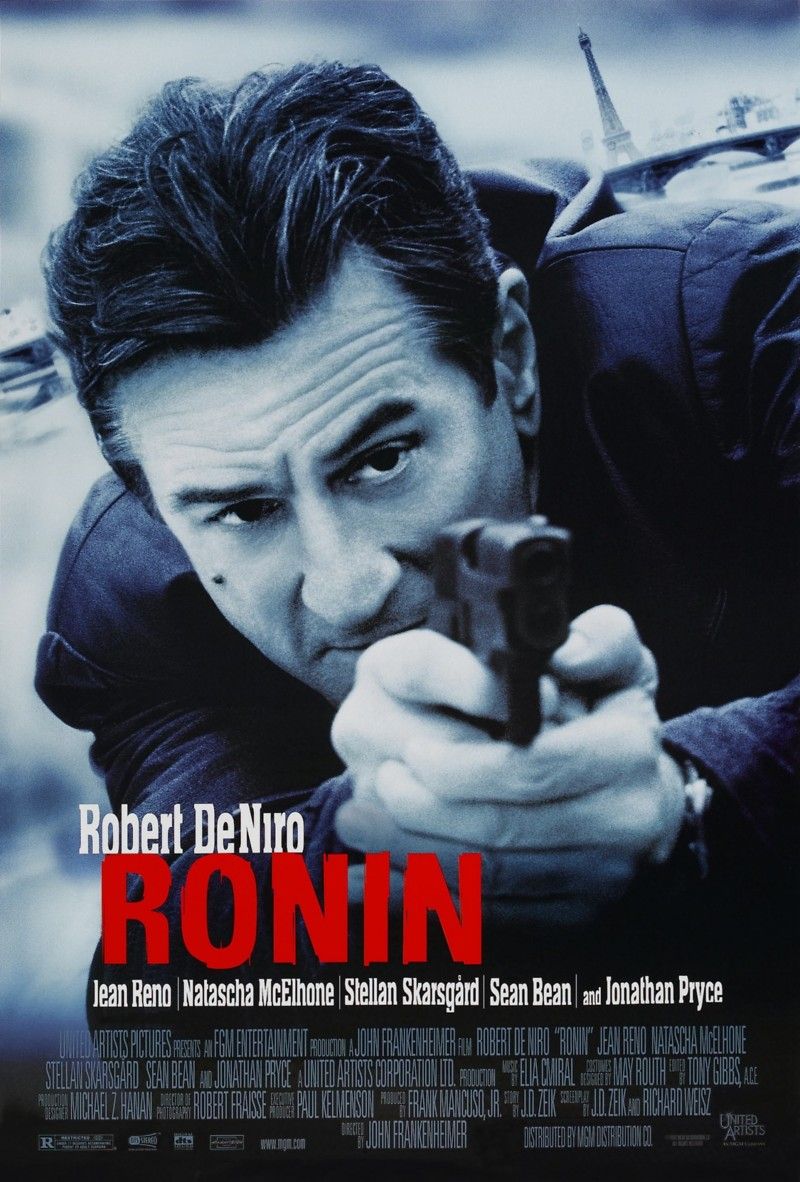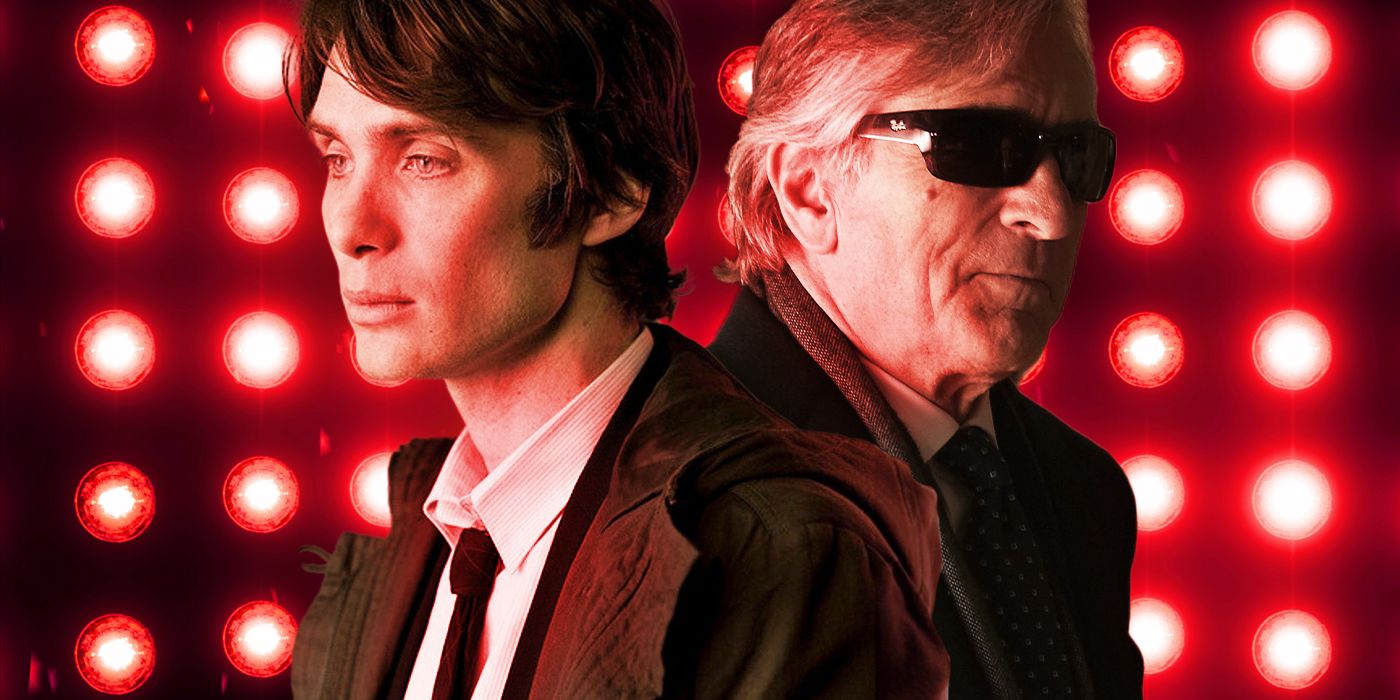This Robert De Niro Thriller Gave Us One of the Greatest Car Chases Ever
The Big Picture
-
Ronin
‘s car chase, directed by John Frankenheimer, is a gritty and realistic sequence that sets the stage for the film’s mysteries. - The cast of
Ronin
underwent intense training to make the car chase scene authentic, enhancing Robert De Niro’s performance. - John Frankenheimer’s avoidance of CGI and use of real locations and stunt drivers added to the tension and authenticity of the iconic car chase.
While action cinema certainly existed before the 1990s, the overwhelming success of Die Hard in 1988 inspired a newfound prominence of action films from prestigious filmmakers. The genre was arguably at its peaks in this decade. Directors like James Cameron and Michael Bay made extraordinary technical achievements with visual effects, while international auteurs like Luc Besson and John Woo expanded the scope and scale of their niche productions. While the best 1990s action films often came from new voices, many veteran filmmakers used the genre’s resurgence as a means of proving their contributions to the medium. This includes director John Frankenheimer who delivered one of the greatest car chases in film history with the 1998 action thriller Ronin.

Ronin (1998)
A freelancing former U.S. Intelligence Agent tries to track down a mysterious package that is wanted by the Irish and the Russians.
- Release Date
- September 25, 1998
- Director
- John Frankenheimer
- Runtime
- 122 Minutes
- Writers
- J.D. Zeik , David Mamet
- Studio
- United Artists
The ‘Ronin’ Car Chase Remains Iconic Thanks to John Frankheimer’s Gritty Approach
Set amidst the ongoing conflict between international espionage agencies and the Irish Republican Army, Ronin explores a group of enigmatic mercenaries who are gathered to capture a briefcase containing mysterious content. While he secretly works for the CIA and is working undercover, the American mercenary Sam (Robert De Niro) joins a team that includes the American driver Larry (Skipp Sudduth), the French gunman Vincent (Jean Reno), the German computer specialist Gregor (Stellan Skarsgaard), and the English assassin Spence (Sean Bean). After receiving orders from the IRA agent Deirdre (Natascha McElhone), Sam and his team agree to hijack a convoy at La Turbie, in what would become one of the greatest car chases in film history.
As is expected in any espionage film about a fragile political situation, Ronin contains a lot of twists and turns regarding its characters’ loyalties. Sam’s position is tested when he must choose between admitting his feelings for Deirdre and remaining loyal to his American employers. However, Ronin’s car chase was an exciting way to set up the film’s mysteries, as the team quickly realizes that they are in over their heads. Interestingly enough, the items contained within the briefcase itself are inconsequential. It serves as a MacGuffin that gives the characters a reason to work together, and ultimately creates lines of division that lead to a series of betrayals.
Car chases were by no means a new idea during the era of Ronin’s release. Steve McQueen’s had popularized the notion of a vehicular action sequence in his 1968 cop movie classic Bullitt, and the outstanding chase scene in William Friedkin’s Best Picture winner The French Connection broke new ground in terms of cinematic realism. Nonetheless, the Ronin car chase stands out because of Frankhemier’s gritty cinematic style and the sheer length of the sequence. It’s an extended chase that manages to continuously put its characters in danger, and never feels like the stakes are superficial. Given how jaw dropping Ronin’s car chase sequence is, it’s hard for the rest of the film to maintain the same consistent level of kinetic energy.
John Frankeheimer Ensured ‘Ronin’ Would Be Realistic
While crafting the ending of Ronin was certainly an ambitious endeavor, it wasn’t the first time that Frankenheimer had made an exciting car chase sequence; he had pioneered his craft with the classic sports drama Grand Prix starring James Garner. Frankenheimer’s experience making Grand Prix prepared him for the process of making Ronin. According to his DVD commentary for the film, Frankenheimer pre-visualized the sequence using storyboards while using Grand Prix’s camera mounts. The advancements in budget made within the three-decade gap allowed Frankenheimer to shoot the scene in a tactile environment where the stars could react to the real locations.
Although many of the stunts appeared to be death defying, Frankenheimer chose to avoid CGI altogether when filming Ronin’s car chase. Although films like The Matrix were playing with the frame rate of an image by increasing the number of camera setups, Frankenheimer was insistent on not using any “slow motion” effects that would distort the audience’s vision of what was happening. It was important for Frankehimer to show that the stunts were being performed in-camera, which only heightened the sense of tension. Frankenheimer had learned from his catalog of classics that audiences tended to invest more heavily in the story if they felt that what they were watching was authentic.

Cillian Murphy and Robert de Niro Face Off in This Psychological Thriller
Two of this year’s biggest Academy Award contenders make for an interesting rivalry in this battle of wits and illusions.
Ronin employed over 300 stunt drivers, with Formula One driver Jean-Pierre Jarier and stunt drivers Jean-Claude Lagniez and Michel Neugarten brought in to drive the cars that the actors were appearing in. Audio from a local racetrack was later incorporated in the final mix of the film in order to capture how the vehicles sounded; Frankenheimer also chose to avoid using music, feeling that it would detract from the dramatic weight of the moment. While test audience reactions ultimately forced Frankenheimer to change the darker alternate ending of Ronin, the chase sequence was thankfully not affected by studio-mandated notes.
The Cast Underwent Training to Make ‘Ronin’s Car Chase Scene Authentic
While the majority of the film’s stunts were performed by professional racers, the cast of Ronin also trained to prepare for the car chase sequence. The cast took lessons at a high-performance racing school before production began so that the insert shots of the characters driving the vehicles wouldn’t feel inauthentic when inserted next to the shots of professional drivers. Technical advisor Mick Gold, who had served in the advanced training wings of the Special Air Service, helped train the actors to use the advanced weaponry used in the sequence.
The intense preparation required to pull off the scene was beneficial to the film’s cast, as De Niro gives one of his most underrated performances in Ronin. While he was best known for his more dramatic work in the films of Martin Scorsese, De Niro proved in Ronin that he could handle the physicality required of a great dramatic star. The diligence Frankenheimer showed in preparing his actors to play expert espionage agents resulted in a kinetic thriller that puts its characters first and foremost.
Ronin is currently streaming on Max in the U.S.
